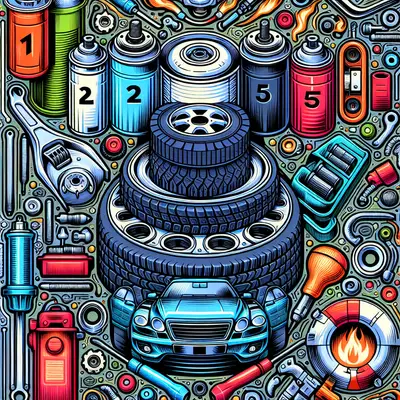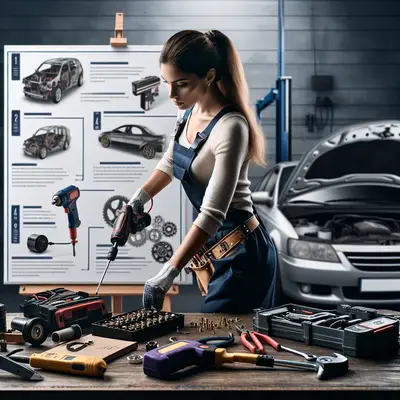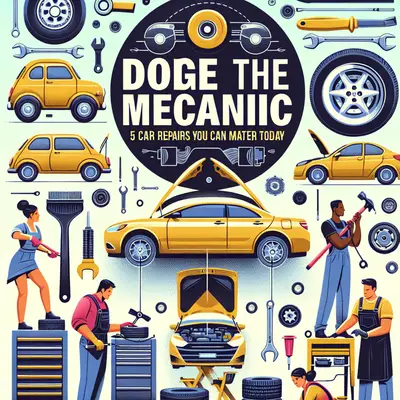The Art of Changing a Flat Tire
Flat tires are inevitable and it's always a good idea to know how to change one. First, ensure you have a spare tire, a jack, and a lug wrench in your trunk. Find a flat, stable surface to change the tire. Use the lug wrench to loosen the lug nuts (don't remove them yet). Then, use the jack to lift the car off the ground. Once it's high enough, remove the lug nuts and the flat tire. Mount the spare tire and tighten the lug nuts by hand until they're snug. Lower the car back to the ground and tighten the lug nuts with the wrench.
Overcoming a Dead Battery
A dead battery can be a real hassle, but with a pair of jumper cables and a little knowledge, you can bring your car back to life. Connect one red clamp to the positive terminal of your dead battery and the other red clamp to the positive terminal of a working battery. Then, connect one black clamp to the negative terminal of the good battery and the last black clamp to an unpainted metal surface on your car that isn't near the battery. Start the working car and let it run for a few minutes. Then, try to start your car.
Fixing a Chipped Windshield
Windshield chips can quickly turn into cracks if ignored. To fix a chip, start by cleaning the area and applying a chip repair resin (available at any auto parts store). Apply the resin into the chip, then place a curing strip over it. Let it dry, then scrape off the excess resin with a razor blade.
Tackling Oil Changes
Regular oil changes are crucial to the health of your car. Start by purchasing the right type of oil and filter for your car. Next, you'll need to jack up your car and locate the oil plug. Place an oil pan underneath it and unscrew the plug, allowing the oil to drain. Once drained, replace the plug and remove the old oil filter, replacing it with the new one. Finally, using a funnel, pour the new oil into your car.
Mastering Headlight Replacement
A burnt-out headlight is a safety hazard and can earn you a ticket. Fortunately, replacing one is simple. Start by buying the correct bulb for your car, then open your car's hood and locate the back of the headlight. Disconnect the power wires and remove the old bulb. Then, without touching the glass, install the new bulb and reconnect the power wires.
Conclusion
Mastering these DIY car repair strategies not only saves you money but also equips you with valuable skills that come in handy in emergencies. Remember, safety is paramount in all these procedures. Always ensure your car is secure before you start working on it. With these tips, you're on your way to becoming your own roadside hero.



